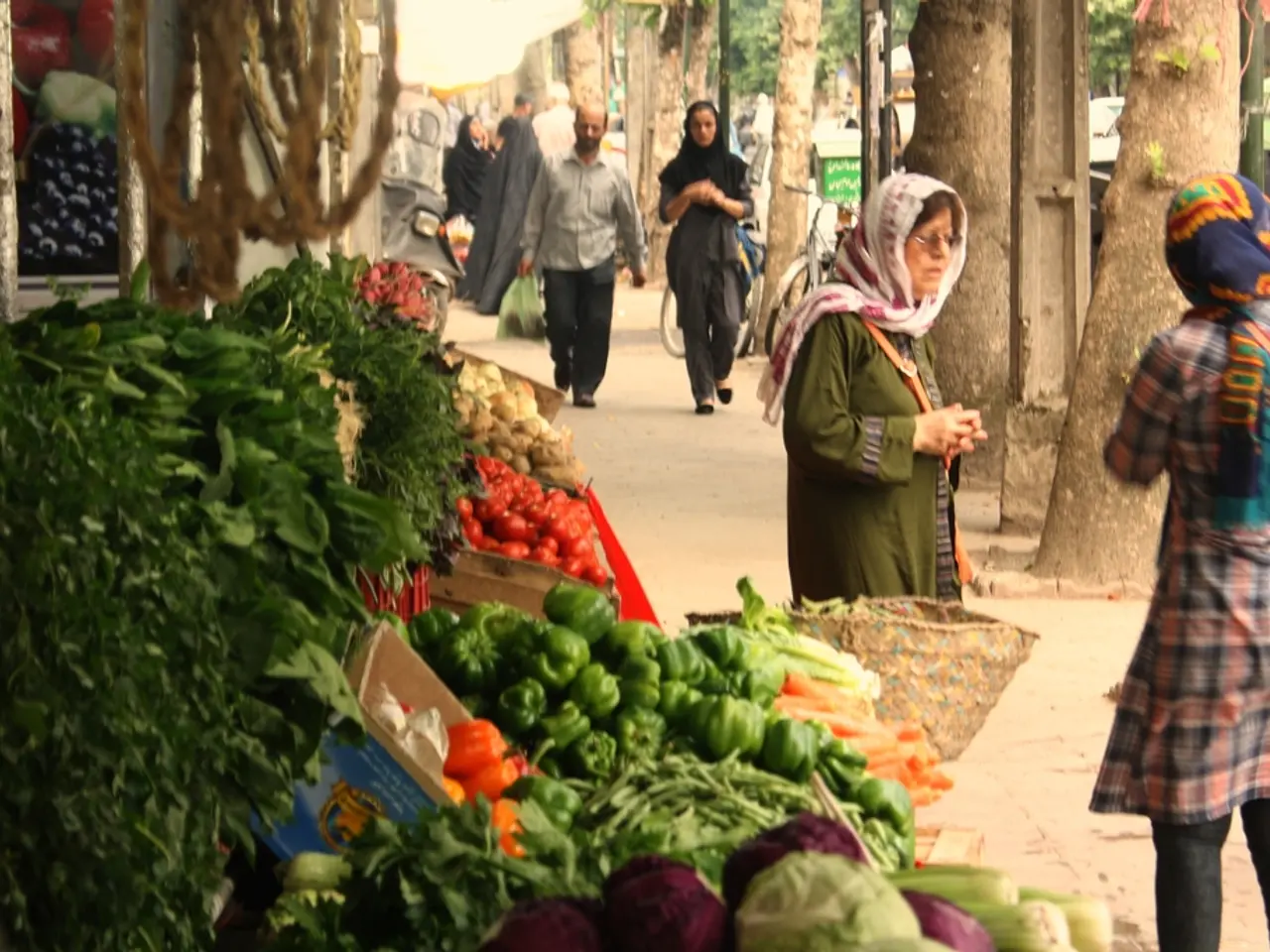Easy Strategies for Generating Home-Based Passive Income for Individuals Aged 35 to 60
Farmland investment has emerged as a tried-and-true approach for creating wealth and generating passive income, especially for individuals aged 35-60. This investment strategy offers stability, growth potential, and the opportunity for passive revenue through leasing or crop shares.
Steps to Start Farming as a Passive Income Opportunity
For those interested in farmland investment, the key steps include choosing the right investment method, securing farmland, and setting up a management strategy that minimizes hands-on involvement.
1. Assess Financial Goals and Capital
Begin by evaluating your financial goals, risk tolerance, available capital, and desired level of involvement. Determine if you want steady rental income, land appreciation, or diversified exposure to agriculture as long-term wealth building.
2. Choose the Investment Approach
There are several investment approaches available:
- Direct Ownership: Buy farmland outright to lease to farmers for rental income. This offers control and potential appreciation, but requires significant upfront capital and ongoing management or hiring managers.
- Leasing Farmland to Farmers: Purchase land and lease it to tenants, generating passive rental income with minimal day-to-day involvement.
- Farmland REITs (Real Estate Investment Trusts): Purchase shares in publicly traded REITs, which manage farmland portfolios, offering liquidity and simplified management with dividend income.
- Crowdfunding Platforms: Invest fractionally alongside others via online platforms that provide property data and professional oversight, reducing capital requirements and management effort.
3. Secure Financing and Prepare Investment Funds
For direct farmland purchase, ensure your financial position supports large capital outlay and set up an emergency reserve for unexpected costs, weather events, or repairs. For funds or REITs, verify account setup and understand fees or liquidity conditions.
4. Identify and Acquire Farmland or Investment Shares
For direct land purchases, research locations with favorable prices, zoning, and environmental conditions. For REITs or crowdfunding, choose reputable platforms with transparent track records.
5. Establish Management and Leasing Arrangements
If owning land, find reputable farmers as tenants on lease agreements that provide you steady income with clause protections. Alternatively, hire farm managers or service providers to maintain land and handle operations if involved.
6. Monitor Performance and Maintain Financial Planning
Regularly review income streams, land value appreciation, and expenses. Use tools or financial advisors to align your farmland investment with broader wealth-building goals and risk profiles.
7. Consider Phased or Diversified Investment
Start with smaller investments or diversified vehicles (REITs, crowdfunding) before progressing to direct ownership. This phased approach can mitigate risk while gaining experience.
By carefully selecting the appropriate investment type and ensuring good management, farming land investment can serve as a viable passive income opportunity within this age group.
Key Considerations
- Direct ownership requires capital and management but can yield higher returns.
- Leasing to farmers offers steady rent with less responsibility.
- REITs and crowdfunding provide ease of entry and diversification but less control.
For budgeting, expect high upfront land costs ($150,000 - $300,000 lease purchase, for example) plus initial land preparation expenses if buying directly. Leasing terms and local zoning laws are critical factors to negotiate.
Platforms like Getfarms can simplify initial capital investment and provide access to affordable land opportunities for passive income. The website offers opportunities for low-investment farmland purchase and helps maximize possibilities for passive income.
Investments in agriculture can provide passive income sources through leasing or crop sharing. Farmland is a physical asset with gradual value appreciation. Hiring a property manager or agricultural consultant can help optimize returns on farmland investment. Farmland investment can be a prudent action for those approaching retirement, providing a consistent passive income and potential for long-term appreciation. Farmland provides real assets and has historically been a steady choice with potential for growth over time. The article discusses a method for creating a passive income stream from home for individuals aged 35-60, through farmland investment.
- To ensure that farming becomes a viable passive income opportunity, individuals should assess their financial goals, risk tolerance, available capital, and desired level of involvement, as this will help in deciding whether they want steady rental income, land appreciation, or diversified exposure to agriculture.
- For those who opt for direct land purchase, it is essential to consider that this approach requires significant upfront capital and ongoing management or hiring managers; however, it offers potential appreciation and more control over the investment.
- To explore the world of farmland investment without considerable capital or the need for ongoing management, one can consider alternative investment approaches like farmland REITs (Real Estate Investment Trusts), crowdfunding platforms, or purchasing shares in publicly traded REITs, which provide liquidity and simplified management with dividend income.




